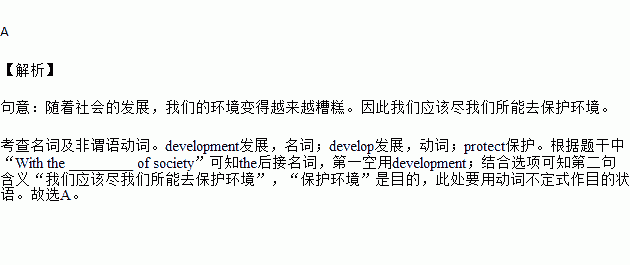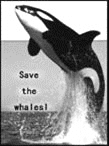题目内容
With the ________ of society, our environment is becoming worse and worse. So we should do what we can ________ our environment.
A.development; to protect B.developing; to protect
C.development; protect D.develop; protect
练习册系列答案
相关题目


